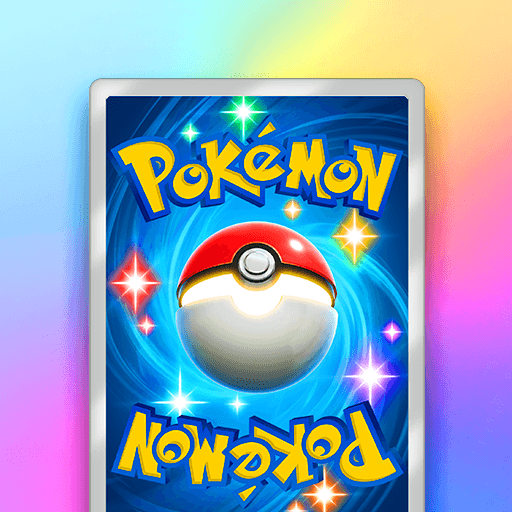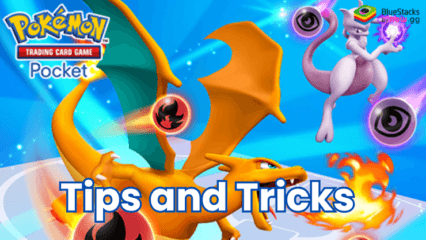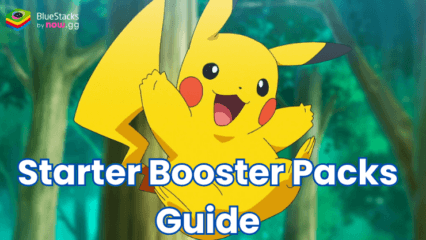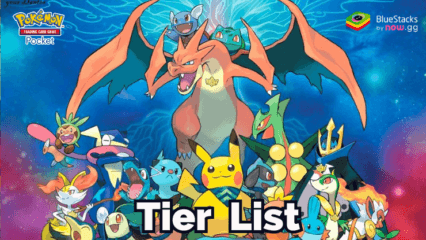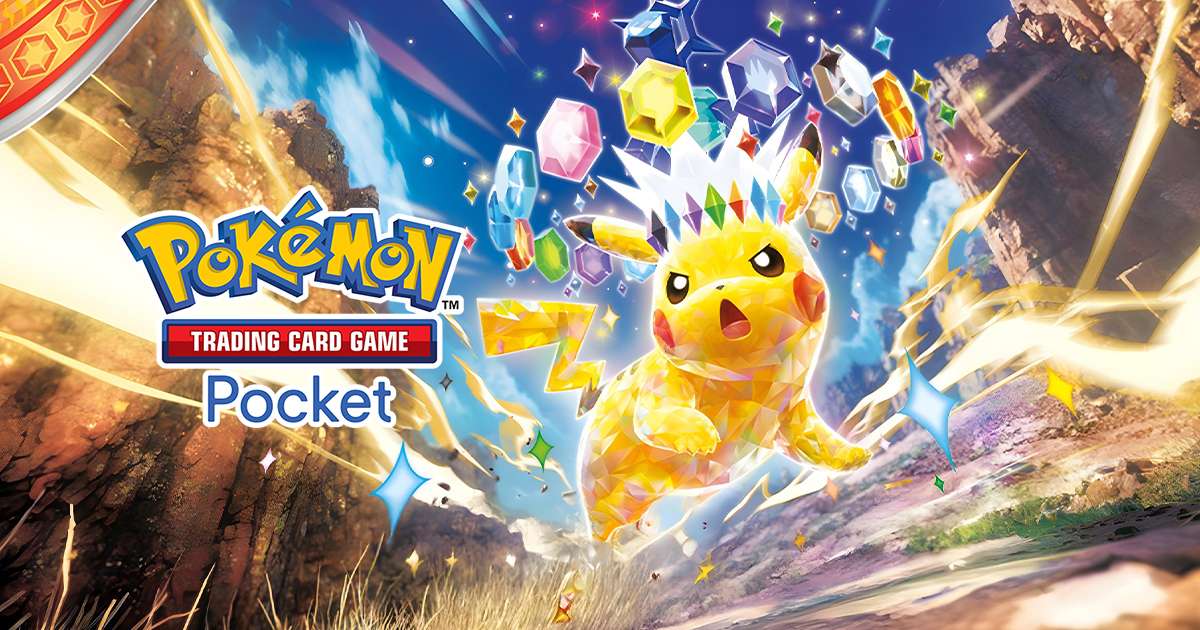Getting Started with Pokémon TCG Pocket - A Comprehensive Beginner’s Guide
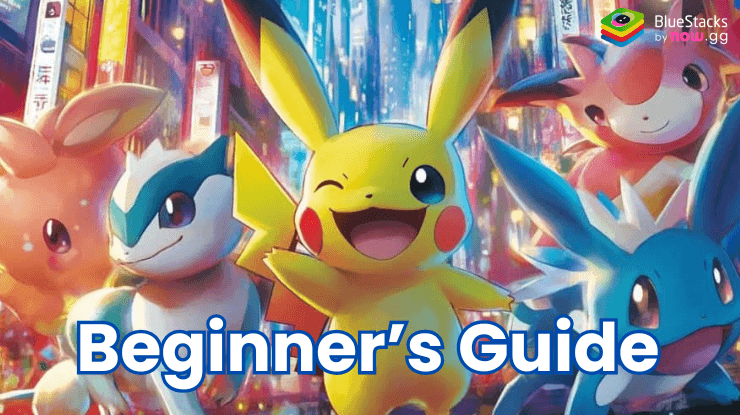
Pokémon TCG Pocket brings the classic Pokemon Trading Card Game to mobile, creating an experience that’s perfect for beginners and fans alike. Whether you’re aiming to collect cards featuring beautifully illustrated Pokemon or take on other players in battles, TCG Pocket offers various ways to engage with the Pokemon world. Even if you’re new to trading card games or just curious about how this mobile adaptation works, understanding the game’s key features and mechanics will give you a solid start.
In this guide, we’ll break down the basics of Pokémon TCG Pocket to help you grasp the essential gameplay concepts. From learning about deck building and card rarities to understanding the new Energy Zone and Wonder Pick mechanics, you’ll find everything you need to dive into the game confidently.
Let’s explore the main elements of Pokémon TCG Pocket and how to navigate them smoothly.
Starting Out – Card Packs and Collections
Upon starting the game, players are given a choice between three starter packs—Mewtwo, Charizard, and Pikachu. Each pack contains specific cards to build your initial deck, including an EX Pokemon and a basic Pokemon. Your choice here will influence your early gameplay, as each pack is built around different strengths. For example, the Mewtwo pack includes strong Psychic-type cards, while the Charizard pack provides powerful Fire-types. You can choose any starter deck, but the Mewtwo pack is often recommended for a balanced deck with multiple strategic options.
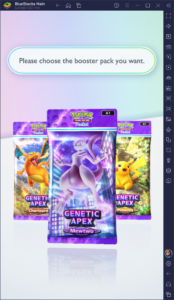
As you progress, the game offers daily opportunities to open booster packs. With a regular pass, you can open two packs per day, and with a Premium Pass, you gain access to a third pack daily. These booster packs allow you to expand your card collection, including exclusive cards only found within specific packs. Building a solid deck relies on gathering the right combination of cards, which makes opening packs a central part of the gameplay.
Understanding the Card Types and Rarity Levels
Pokemon TCG Pocket offers several card types, each with unique roles in a deck. Basic Pokemon cards, as the name suggests, serve as the foundation of your deck and can be played immediately. Evolved Pokemon cards (Stage 1 and Stage 2) add layers of strategy as they require pre-evolved forms to be played. Trainer cards include items and supporters, which provide special effects like healing, drawing cards, or disrupting the opponent’s strategy.
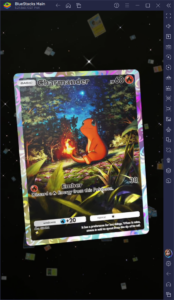
Cards in Pokemon TCG Pocket are also classified by rarity, ranging from one diamond (basic) to the exclusive Crown Rares. High-rarity cards often boast more potent abilities and more detailed illustrations. When opening packs, players gain Pack Points that can later be spent to craft specific cards. However, it’s best to save Pack Points for high-rarity cards, as these are harder to obtain directly from booster packs.
Basic Battle Mechanics – How Battles Work in Pokemon TCG Pocket
In Pokemon TCG Pocket, battles are simplified for the mobile format but still retain the core strategic elements of the classic Pokemon Trading Card Game. The objective of each match remains unchanged: scoring three points by knocking out opposing Pokemon. Most Pokemon are worth one point. However, EX Pokemon give two points to the opponent if they’re knocked out, introducing an element of risk to using these powerful cards.
- Setting Up for Battle
At the beginning of each match, players choose an Active Pokemon (the one that will be in the front line and ready to battle) and can place up to three additional Pokemon on the Bench. This setup gives players flexibility, as Benched Pokemon can later switch to the front if the Active Pokemon is defeated or retreats. The game automatically ensures each player has at least one Basic Pokemon in their hand to prevent starting a game without any playable Pokemon.
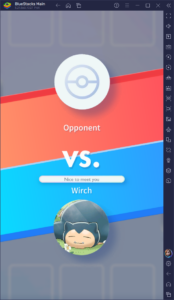
Once players are ready to begin, a coin is flipped to see who goes first. The player who goes first can play Pokemon and Trainer cards but cannot attack on the first turn. This restriction creates a slight advantage for the player going second, as they can attack right away, adding a layer of strategy to who will gain control of the game’s momentum.
- Energy and Attacking
In traditional Pokemon TCG games, players need energy cards to fuel their Pokemon’s attacks. In Pokemon TCG Pocket, the Energy Zone provides a streamlined approach. Each turn, one energy point is added to the Energy Zone automatically (except on the very first turn if you’re going first). This energy can be used to power up attacks, meaning you don’t have to include energy cards in your deck. As long as energy requirements are met, you can launch attacks.
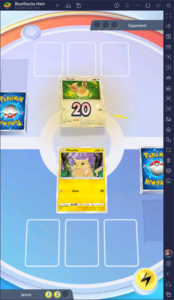
Each Pokemon’s card displays how much energy is needed to perform its attacks. Some moves require only one energy, while others need more. Some EX and evolved Pokemon have more powerful attacks that require two or three energy points. If you don’t use the energy generated in a turn, it will not carry over to the next; instead, it resets at the beginning of each new turn. Managing your energy wisely each turn is key, as it determines when and how often you can attack.
- Turn-by-Turn Gameplay
Each turn has a flexible order of actions, allowing players to draw a card, evolve Pokemon, play Trainer cards, or use abilities. Players can evolve their Pokemon from Basic to Stage 1 or from Stage 1 to Stage 2 during their turn, provided the evolved form is in hand and the Pokemon has been in play for at least one full turn. This evolution not only boosts the Pokemon’s HP but also unlocks more powerful attacks and, in some cases, abilities that can turn the tide of battle.
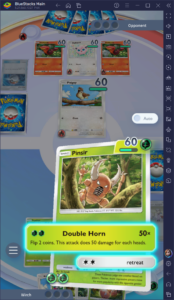
Players can also use Trainer cards, which fall into two categories: Item and Supporter cards. Item cards provide boosts or effects and can be played multiple times per turn. Supporter cards are more powerful but are limited to one use per turn, introducing tactical decisions on when to play them. For example, Professor’s Research allows players to draw additional cards, potentially giving them more options, while Sabrina can force the opponent to switch their Active Pokemon, potentially disrupting their setup.
After taking all desired actions, the player can choose to attack. Once an attack is performed, the turn ends, and the opponent takes over. This turn-by-turn sequence continues until one player reaches three points.
- Retreating and Strategic Switching
A crucial mechanic in Pokemon TCG Pocket is the ability to retreat the Active Pokemon to the Bench, bringing a Benched Pokemon into the Active spot. Retreating usually costs energy, which is discarded from the retreating Pokemon. Strategic retreating allows players to avoid losing points by pulling back weakened Pokemon before they’re knocked out. This tactic is particularly important when using EX Pokemon, as they award two points if knocked out.
- Winning the Game
The game ends as soon as one player scores three points, either by defeating three Basic Pokemon or a combination of EX and Basic Pokemon. Since each knockout brings the opponent closer to victory, players must balance offense with defense, carefully choosing which Pokemon to place in the Active spot.
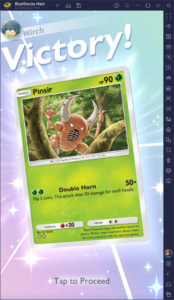
Pokemon TCG Pocket’s streamlined mechanics create fast-paced battles that are easy to learn but offer depth as players experiment with different strategies. By mastering the basics of energy management, evolution, and strategic switching, you’ll be well-prepared to take on opponents and start building your winning streak.
Energy Zone
One of the standout features in Pokemon TCG Pocket is the Energy Zone. Unlike traditional Pokemon TCG games where players need to draw energy cards to power up Pokemon attacks, this mobile game uses a new system where energy is automatically generated in the Energy Zone. Every turn, one unit of energy is added to this zone, making it easier to plan moves without worrying about energy cards.
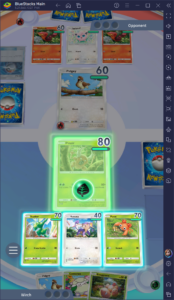
This energy generation happens automatically but doesn’t carry over from turn to turn if unused. Certain actions, such as using a powerful attack, will drain energy, so strategizing how and when to spend energy each turn becomes essential. Since players don’t need to add energy cards to their decks, they can focus more on Pokemon and Trainer cards to create stronger decks.
Building Your First Deck
Deck-building in Pokemon TCG Pocket involves choosing 20 cards, a smaller deck size than in standard Pokemon TCG games. This setup encourages streamlined strategies where each card must serve a clear purpose. A great Pokemon TCG Pocket tip or trick here is to balance Pokemon and Trainer cards to ensure you have enough options for both offense and defense.
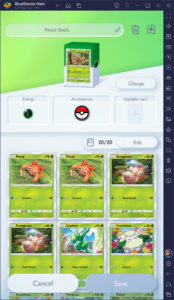
While the game offers an Auto-Deck option that can build decks for beginners, players who want to customize their strategy can follow some basic guidelines. Aim for a mix of Pokemon with different energy requirements to give you flexibility. For example, include both EX cards (which are strong but risk giving your opponent extra points if knocked out) and basic Pokemon that can attack with less energy. Trainer cards like Professor’s Research or Sabrina are invaluable for drawing extra cards or disrupting opponents.
Wonder Pick – Sharing and Collecting Rare Cards
The Wonder Pick is a unique feature in Pokemon TCG Pocket that allows players to choose cards from other players’ booster pack openings. Each Wonder Pick has a selection of five cards, and you can choose one to add to your collection. Some cards require more Wonder Points, the in-game currency for this feature, depending on their rarity.
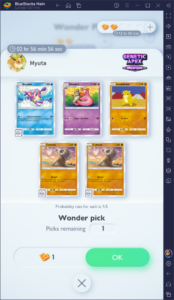
Wonder Picks refresh over time, and players receive a free Wonder Point periodically, allowing them to pick cards without spending currency. Additionally, Wonder Picks can yield cards in other languages if they were opened by players from different regions, adding to the collectible aspect of the game.
Completing Missions for Rewards
Pokemon TCG Pocket includes daily missions that grant rewards such as Pack Hourglasses, Wonder Hourglasses, and other in-game items. Daily missions are quick tasks that might include logging in, opening packs, or participating in battles, making them a reliable way to earn free resources. Beginner missions also offer substantial rewards, helping new players build their card collections faster.
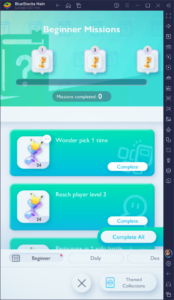
Completing missions consistently can accelerate your progress and provide enough Pack Hourglasses to reduce waiting times on pack openings. These rewards are especially helpful for free-to-play players, as they allow you to build decks and expand your collection without spending real money.
Social Hub – Friends, Trades, and Showcases
The Social Hub in Pokemon TCG Pocket allows players to connect, showcase collections, and eventually trade cards. While trading is not available at launch, the developers plan to introduce this feature, which will be particularly helpful for completing collections. Players can view and like friends’ showcase collections, which are binders filled with favorite cards. This interaction grants in-game rewards, such as Shop Tickets, which can be redeemed for hourglasses or other items.
Adding friends is straightforward and beneficial, as friends’ Wonder Picks appear more frequently, allowing access to additional cards. Wonder Picks from friends may also offer rarer cards, making it a valuable social feature.
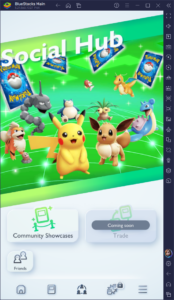
Pokemon TCG Pocket is an exciting way to experience the classic card game on mobile, with plenty of opportunities to collect, battle, and connect with others. By understanding these core mechanics, you’ll be better equipped to build strong decks, collect rare cards, and take on battles with confidence. Whether you’re here to collect, compete, or just enjoy the world of Pokemon, there’s something for everyone in this mobile TCG. To enhance your experience, try playing Pokémon TCG Pocket on PC with BlueStacks for optimized gameplay and smooth card management on a larger screen.

